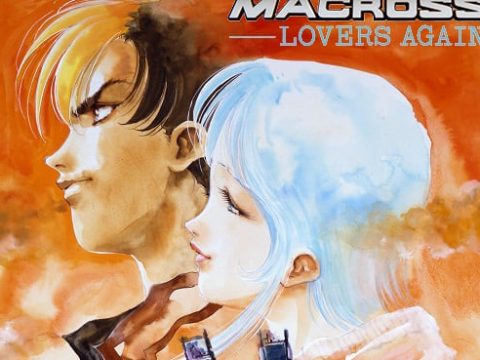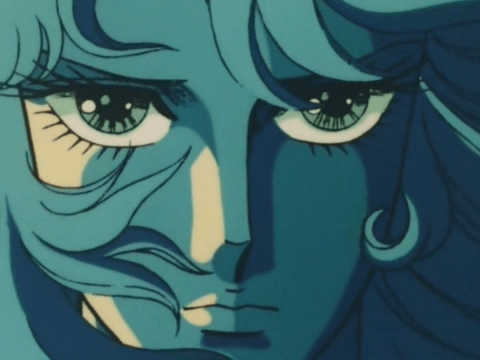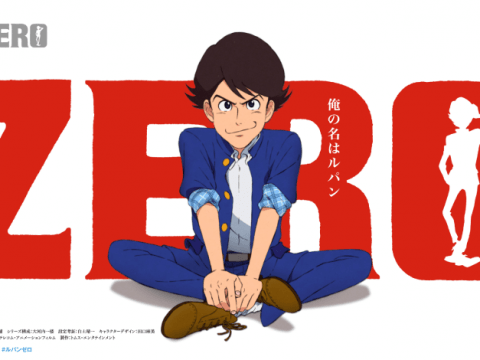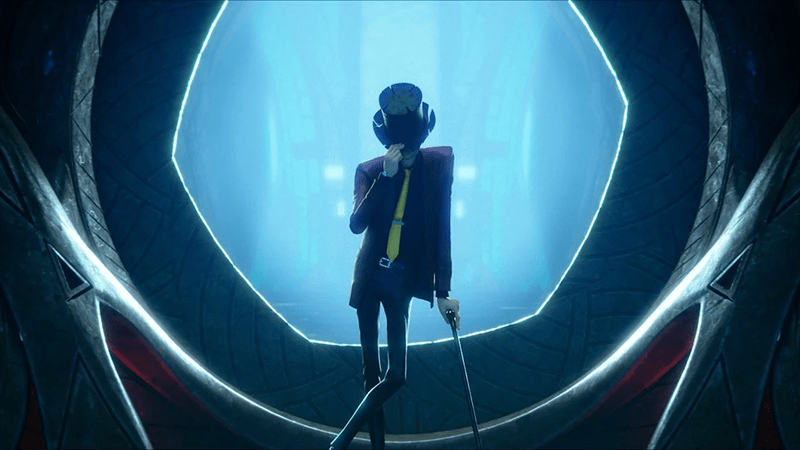
It’s been a heck of a fiftieth for Lupin the Third. We got a new series, we’re getting new art books, and Mamoru Oshii even got to do his weird angel fossil story. What more could there be? Source material, of course!
Magnetic Press is about to roll out a Kickstarter for a new hardcover of Maurice Leblanc’s first nine Arsène Lupin novellas. If you’re a literature fan, or that much of a completionist, you’re probably already on board. But the anime and books are tied together a lot more closely than just DNA. Here are a few ways granddad and grandson have had parallel adventures.
S/herlock S/holmes
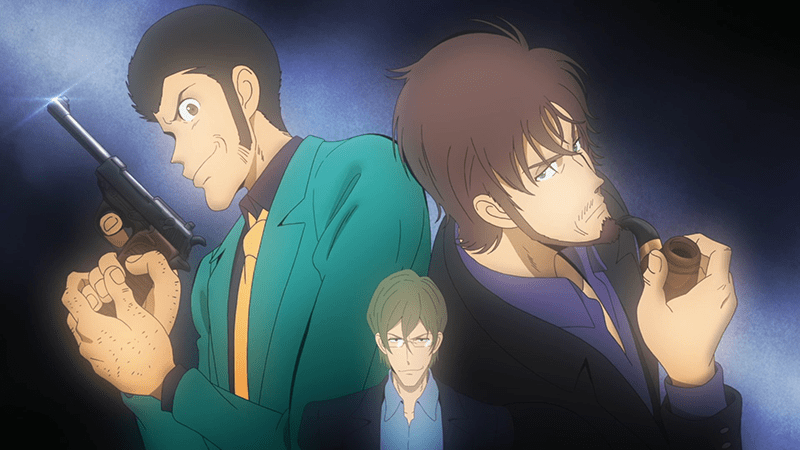
Every author has themes they love to revisit. And for Leblanc, one of those themes was “My character is way cooler than Arthur Conan Doyle’s character.” Starting with the unsubtly-titled “Sherlock Holmes Arrives Too Late” in 1905, he’d pen a total of three stories including the detective. In response to legal complaints, Leblanc renamed the detective “Herlock Sholmes” and went on with his life.
The rivalry between the pair — sorry, Sir Arthur — is effectively canon in the eyes of the world now. And it carries on in the modern day with the London-based Part 6, with a Sherlock working under an inherited name. That concept first landed in Part 5 regarding Lupin himself, as a way to account for the lineage and numbering becoming less feasible by the year. But given how hard our boy dunks on the 21st century Holmes, you’d think it was in his DNA.
A Mysterious Bresson
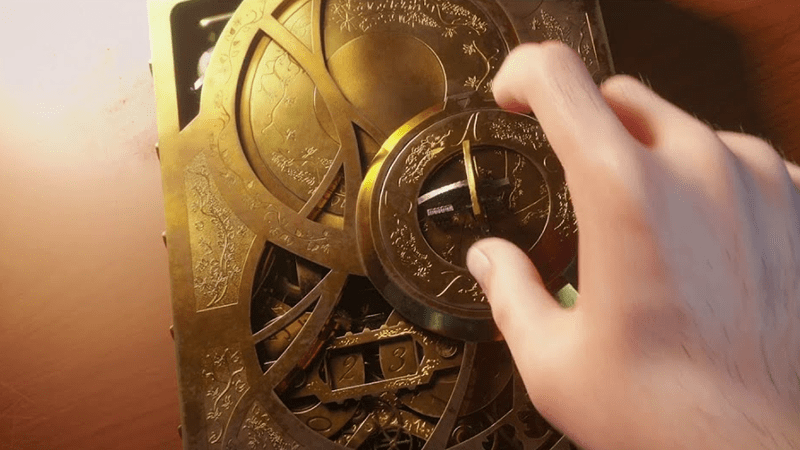
Speaking of Herlock Sholmes, 2019’s Lupin the Third: The First revisits another name from those stories. The film, set in the late 1960s (the era of the original manga’s run), already hat-tips granddad several times. Literally, in the case of its most famous key visual. But the item in play has a much more on-the-nose reference: the Bresson Diary.
In the film, the puzzle box of a book contains information on a treasure that would makes even Indiana Jones’s eyes water. It was also the one thing The First could never steal. But “Bresson” was also the name of a mysterious figure in “The Jewish Lamp,” a two-chapter mystery published in late 1907. Given the events of the story and the film, the two Bressons can’t literally be the same person. But it fits nicely into the films other nods to the original books — including similar speeches from both Lupins about how deeply rooted their thief mentality is.
The Nobles of Cagliostro
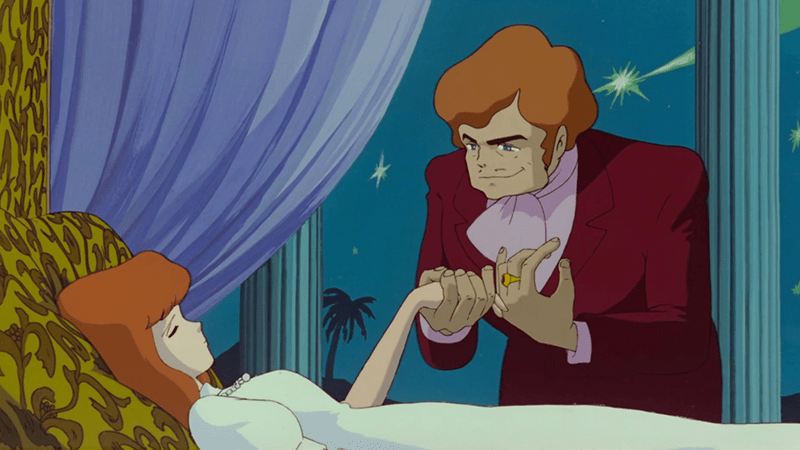
Alessandro Cagliostro was a very real person: a master counterfeiter, self-styled magician and student of alchemy. He was also actually named Joseph Balsamo, operated under a few pseudonyms, and is either a genius or a quack, depending on which biography you read. More importantly, he found his way into the story of the Lupin lineage twice. Balsamo served as inspiration for the wicked Count (also a counterfeiter) in 1979’s The Castle of Cagliostro. But more than 50 years prior, Lupin the First crossed paths with the Countess Cagliostro — Josephine Balsamo.
Lupin and Josephine’s relationship is complex, and not just romantically. She claims she has found the Fountain of Youth, and was born in 1788. Fairly obvious lies aside, she goes on to absolutely wreck Lupin’s life years later, in ways that would span literal generations. It almost makes you wonder if her long-term machinations are still in effect for the Third…
With a new English-language release of Maurice Leblanc’s original stories coming out, maybe we’ll find more!
In the mood for some literary anime and manga? We’ve got some right here!


